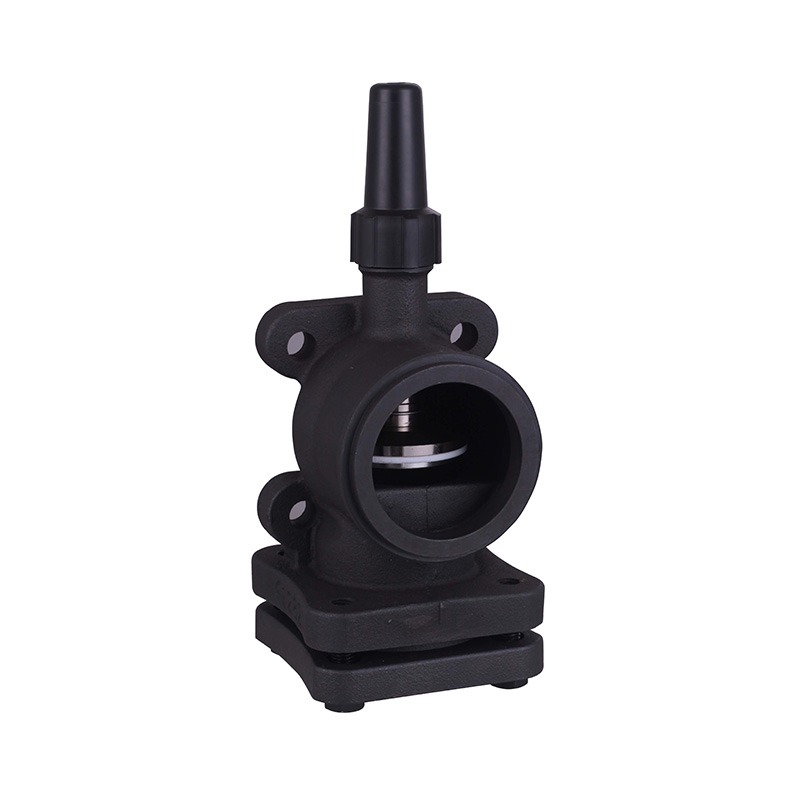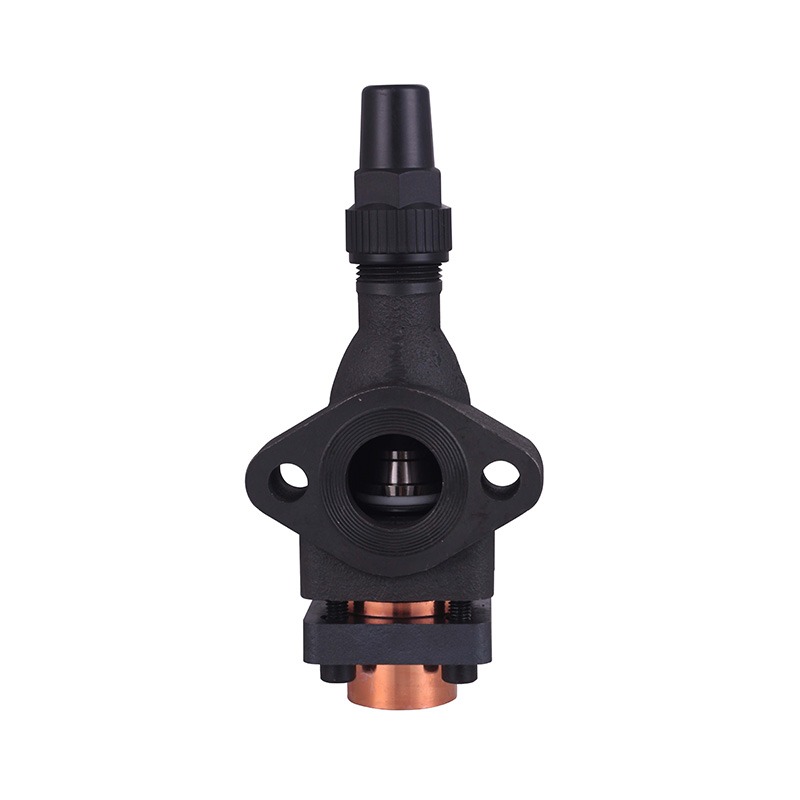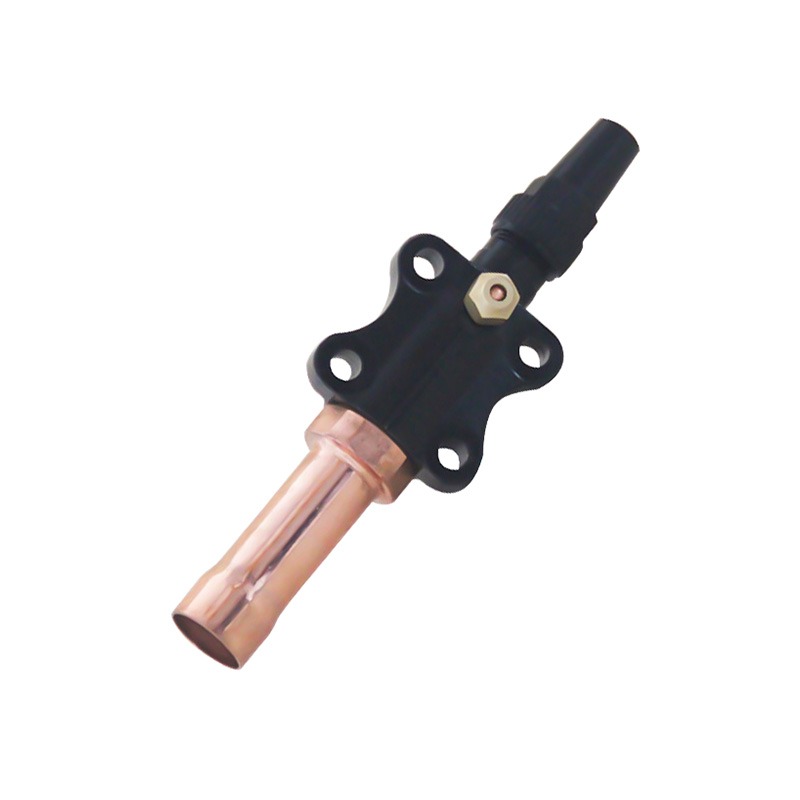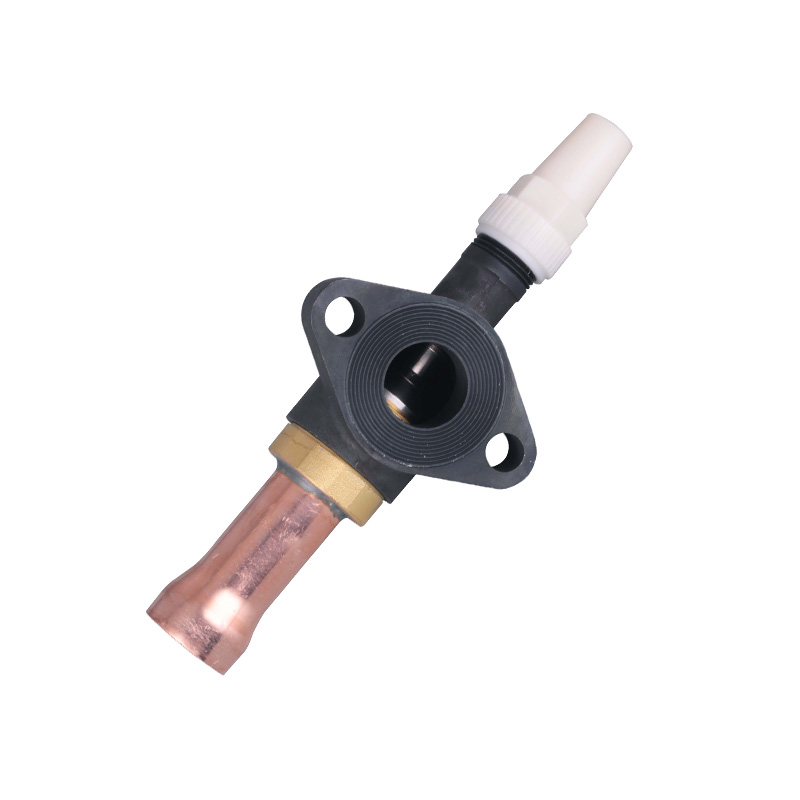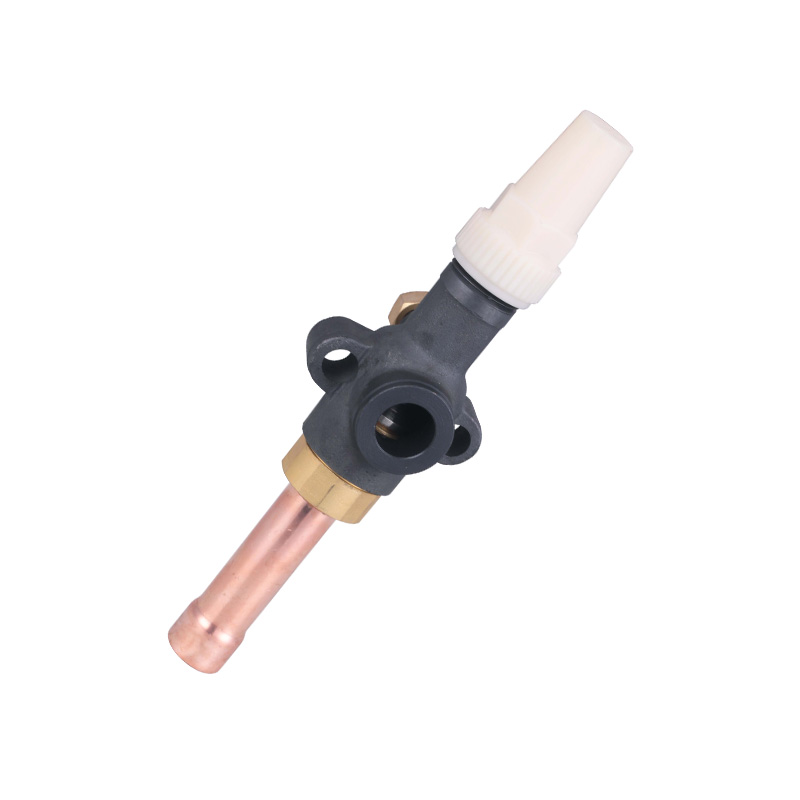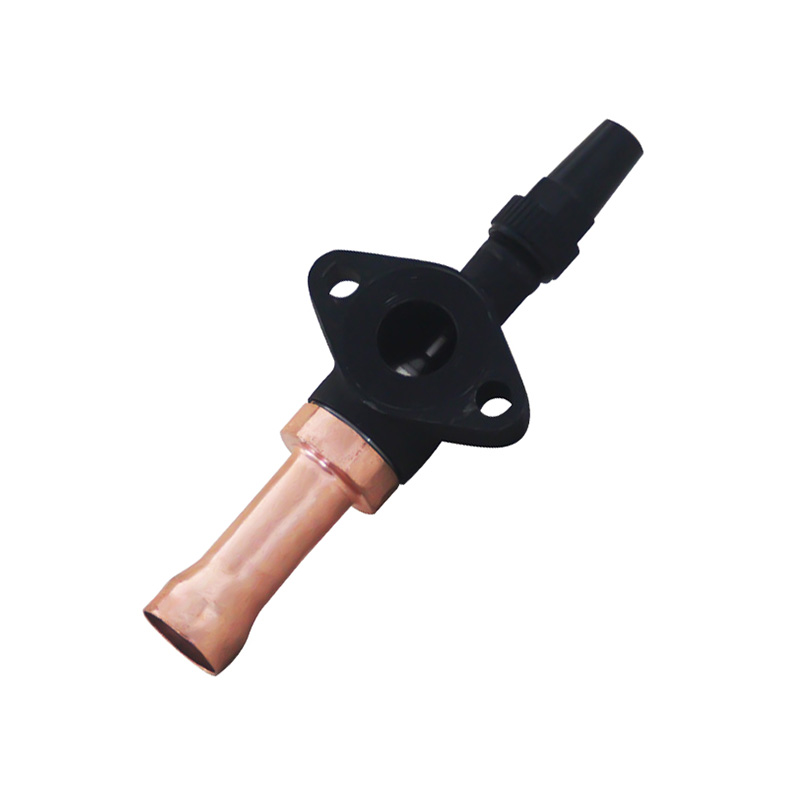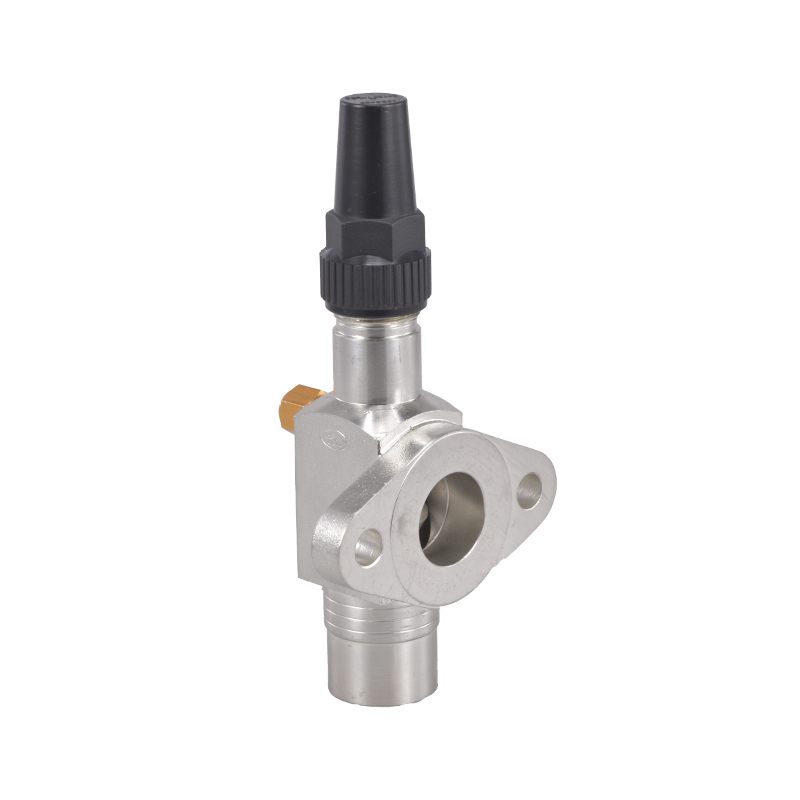Low Vacuum Pump Demand Rises With Growth In Controlled Atmosphere Applications
 By Admin
By Admin
As the global demand for controlled atmosphere storage continues to expand, various technologies are being refined to support the preservation and transport of temperature-sensitive goods. One critical development in this area is the increasing use of the low vacuum pump, which is now more commonly integrated into cold storage equipment systems. These pumps assist in regulating pressure levels within controlled environments, helping to maintain product quality and extend shelf life for a wide range of materials.
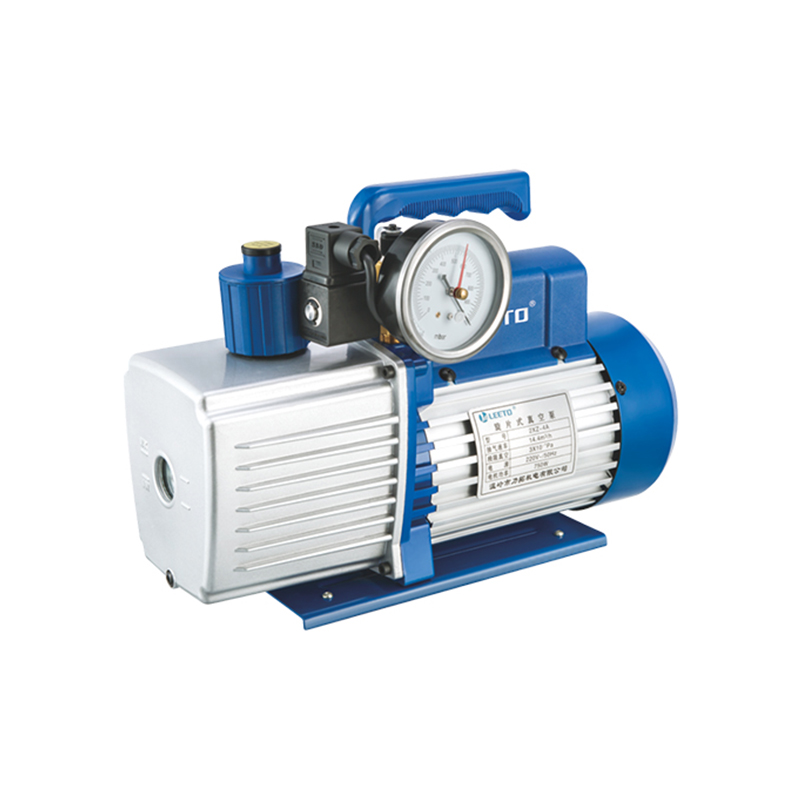
In sectors such as agriculture, pharmaceuticals, and food logistics, the role of cold storage equipment has significantly shifted from passive cooling units to more dynamic, actively controlled systems. The inclusion of a low vacuum pump allows operators to manage not only temperature but also atmospheric composition. By reducing oxygen levels and managing humidity, such systems can slow down biological processes like oxidation and microbial activity. As a result, perishable goods can remain in viable condition for longer periods, reducing waste and improving distribution timelines.
One notable trend is the adaptation of low vacuum pump technology to meet the needs of variable-scale facilities. Smaller cold chain operators are increasingly looking for modular and energy-efficient systems that provide greater control without requiring massive infrastructure investments. In these settings, combining a low vacuum pump with compact cold storage equipment offers a practical solution for precise atmospheric management. These configurations support a range of use cases, from laboratory sample preservation to boutique food processing operations.
As interest in sustainable and resource-efficient logistics grows, the synergy between cold storage equipment and vacuum-based technology continues to gain attention. While the energy demands of some systems remain a concern, improvements in pump design and system integration are helping to reduce overall consumption. The low vacuum pump, in particular, has been refined to operate with lower power input while maintaining the pressure thresholds needed for controlled storage conditions. This makes them suitable for both large-scale industrial applications and smaller, decentralized facilities.
Industry specialists are also noting the expansion of controlled atmosphere applications beyond traditional food storage. Sectors dealing with chemical reagents, medical specimens, and sensitive electronic components now rely on specialized cold storage equipment integrated with low vacuum pump systems. These setups allow for the safe handling and long-term stability of products that would otherwise degrade rapidly under fluctuating environmental conditions. As regulations surrounding quality control and traceability become stricter, the ability to maintain consistent internal conditions is increasingly essential.
Looking forward, the role of the low vacuum pump in cold chain innovation is set to deepen. As end-users seek better control over environmental parameters, the technology supporting these needs will continue to evolve. Engineers and system designers are expected to focus on making cold storage equipment more adaptable, integrating sensor feedback, remote monitoring, and automated pressure regulation features. With increased data connectivity, these systems can become more responsive, enabling real-time adjustments to internal conditions based on load, ambient temperature, or product sensitivity.
The upward trend in demand for low vacuum pump technology is a direct result of expanding needs within controlled atmosphere logistics. Whether in pharmaceutical handling or fresh produce storage, the combination of pressure control and temperature management enables higher standards of preservation. As cold storage equipment evolves, its alignment with atmospheric management technologies will remain critical to supporting the modern supply chain.




 English
English русский
русский Deutsch
Deutsch
